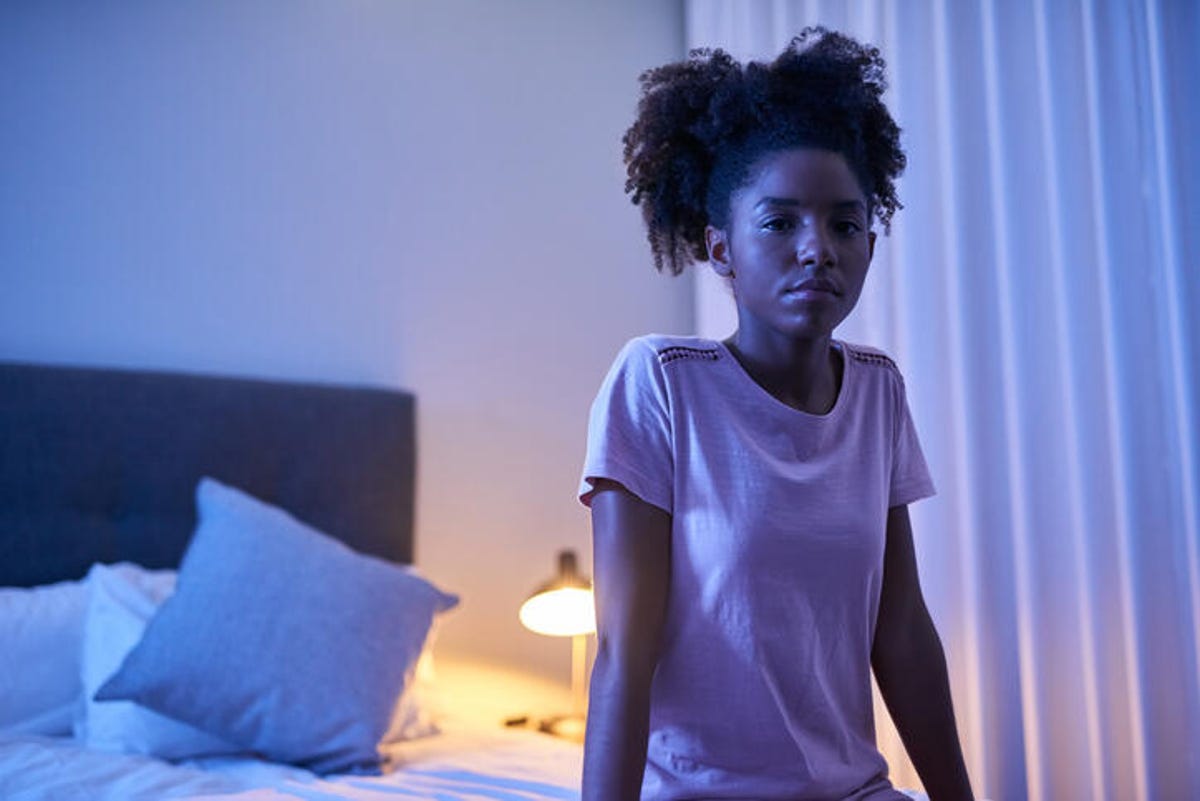How much do you really know about your internal body clock and its impact on your daily life? For me, it wasn’t until a weekend of binge-watching Modern Love on Amazon Prime Video that I became curious about it. “The Night Girl Finds a Day Boy” episode made me realize that some people live ordinary lives but operate on a different time schedule. This particular episode showed a woman who thrived at night and struggled to make her partner understand her delayed sleep phase syndrome. This made me realize the lack of awareness and attention given to this issue. Real people are learning to live by an internal clock that is not widely accepted or understood.
What is Delayed Sleep Phase Disorder?
DSPS is a circadian rhythm disorder that affects a person’s ability to sleep at “normal” hours and causes them to sleep through most of the day. It’s like being jet lagged all the time, feeling constantly tired and groggy. People with DSPS typically fall asleep between 2 a.m. and 6 a.m., making it hard for them to conform to a regular sleep schedule.
What Causes DSPS?
There’s no single factor that explains why certain people develop DSPS, but research suggests that genetics, puberty, and psychological disorders play a role. Most studies show that this disorder starts during the teenage years and worsens in young adulthood. Peter Mansbach, founder of the Circadian Sleep Disorder Network, emphasizes the need for more awareness and support for people with DSPS.
Life with DSPS
People diagnosed with DSPS experience grogginess, sleep deprivation, and lack of awareness when they go against their body’s natural circadian rhythm. This condition is often misdiagnosed as insomnia or depression, leading to feelings of being misunderstood and confused. Trying to force oneself onto a normal sleep schedule can lead to other health issues such as obesity, anxiety, and depression.
Living as a Parent with DSPS
Alexandra Wharton, a blogger and advocate for DSPS, shares her experience of living with this disorder since childhood. Having a child with DSPS was not something Wharton had considered, but with support and a carefully planned schedule, she found it manageable. She stresses the importance of recognizing sleep as a pillar of health and advocates for later school start times to accommodate children’s natural sleep schedules.
Can DSPS be Treated?
Cognitive behavior therapy, light therapy, and melatonin are the main treatments for DSPS. Research is ongoing to find more effective treatments, and wearable technology may play a key role in this. Understanding and empathy for those with DSPS is essential for improving their quality of life. Shift work can provide some flexibility for adults with DSPS, but societal structures need to be more accommodating to their unique sleep patterns.
How is DSPS Diagnosed?
Professionals use sleep logs and dim light melatonin onset to diagnose DSPS. Relocating to another time zone is not a solution for those with DSPS, as their body will adjust to the new time. The hope is that wearable technology will be as informative for sleep as it is for physical fitness, bringing improvements to the lives of those with DSPS.
Ultimately, understanding and empathy for those with DSPS could lead to improvements in their quality of life. Wearable technology may play a crucial role in finding solutions for people with DSPS.














